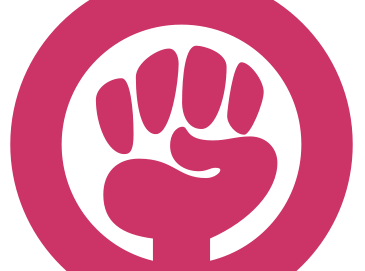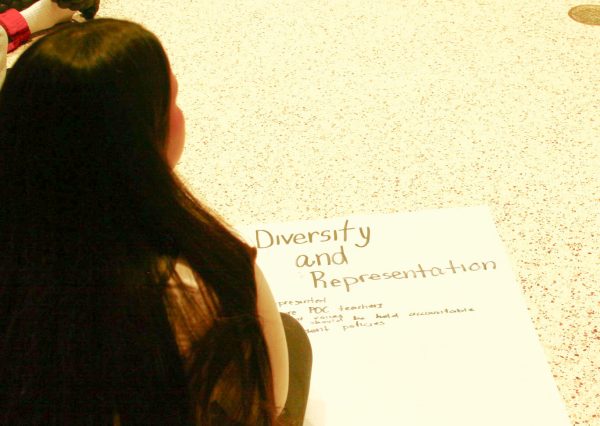First female head of Federal Reserves breaks tradition

Photo courtesy of Ekaterina Walter
January 26, 2014
On Jan. 6, Janet Yellen was voted the new head of the United States Federal Reserve. Yellen will be the first woman to hold the job in the Reserve’s 100-year history. It is surprising that women are still the minority in high power occupations. Even though the fight for equal rights for women occurred almost a century ago, it is still largely a man’s world.
The Federal Reserve System is the United States central banking network. It manages the country’s money supply, interest rates and currency. Yellen has been involved with the Fed for over ten years, and was most recently the vice chair. She was nominated for Chairman by President Obama last fall, and went through a succession of Senate votes before her confirmation.
67-year-old Yellen, a Democrat, is both an economist and professor, and has had many years of experience in the field of business. Some say that this prestigious position of Chairman is one of the most powerful in the country. “We need [Yellen’s] expertise at the helm of the Fed as our nation continues to recover from the great recession,” said Senate Banking Chairman Tim Johnson.
Yellen has every right to be named chairman. This job is extremely powerful, but also risky for that reason. However, she is completely suited for the job and is more qualified than many men looking for the same position.
Many other women have had to overcome obstacles in order to work their way up to their position. For example, in 2008, Hillary Clinton nearly became America’s first female president. What many of the male contenders could take for granted, Clinton had to achieve.
Women should not have to work harder than men in order to attain the same goal, or earn the same salary. They have to work harder to be taken seriously, and undergo much more criticism on their path than men usually have to deal with.The competition for jobs should not be gender biased, and should focus solely on qualifications, work ethic and expertise.
Women have made large steps in the direction of a more level playing field in recent years. According to the U.S. Census Bureau, from 1967 to 2009, the number of American women in the workforce grew from 14.8 million to 43.2 million. Womens’ financial statuses and job opportunities have increased.
However, women still aren’t given equal consideration. According to the Women’s Campaign Fund, women are currently far outnumbered by men in high-ranking, powerful positions such as Yellen’s. A woman obtaining a job like hers gets more news coverage than a man in the same place, simply because it is significantly less common.
Women need to keep taking steps in the direction of equality in the workplace. People like Yellen and Clinton serve as prominent examples for other women, and if women begin to fill these distinguished positions, it may equalize opportunities between males and females.












Cassandra Carter • Feb 18, 2014 at 10:27 pm
I didn’t know very much about the Federal Reserve but it’s always nice to read about a women in power. I appreciated all the facts you put into the article. I felt that all of your points were strong and that this is a very well done article.
Kelly Roehrig • Feb 17, 2014 at 1:48 pm
Great job Sophie! I really liked the way you weaved in information with your opinion and stayed strong throughout. Your style was very professional but I could still see you in your writing. I really enjoyed reading this article, nice work!